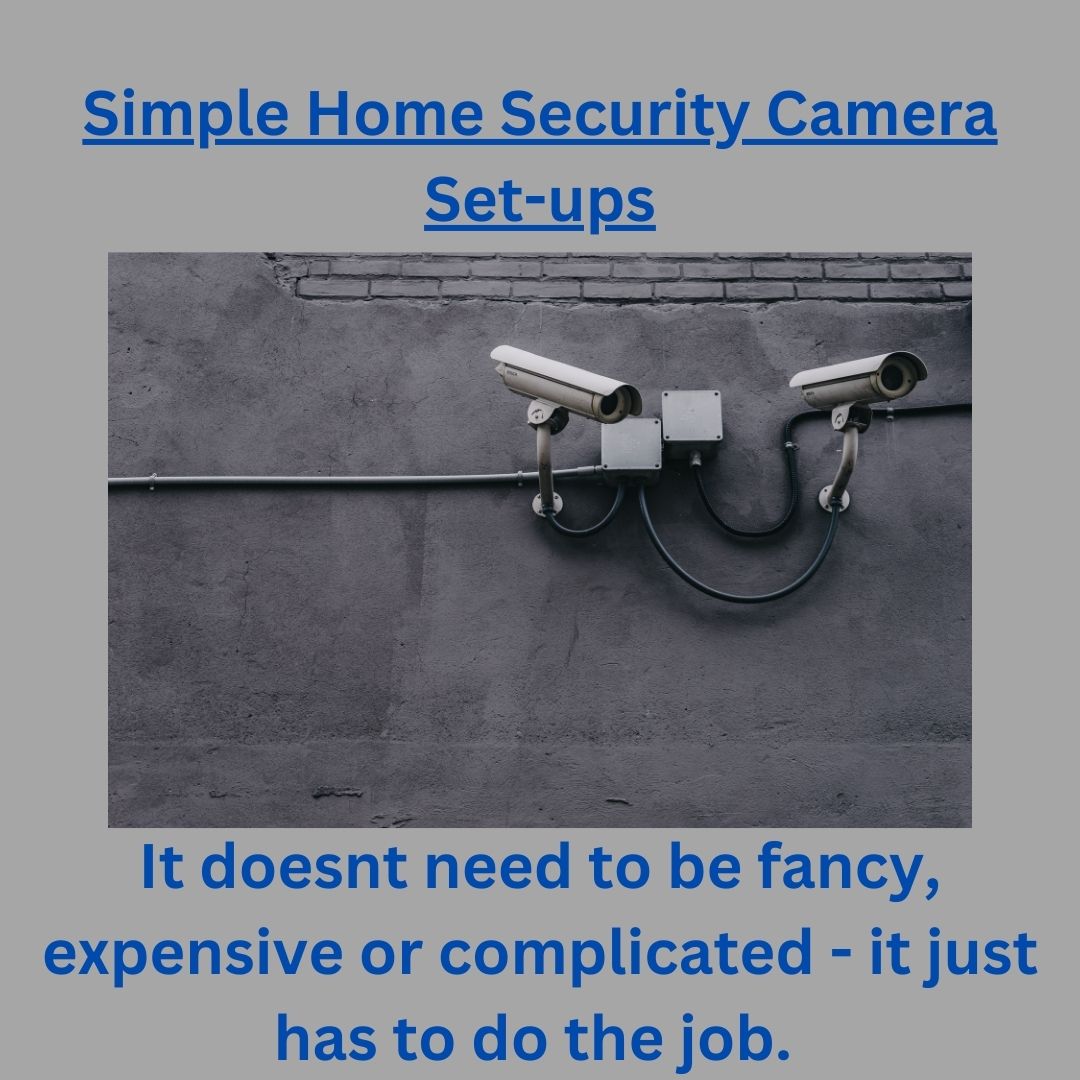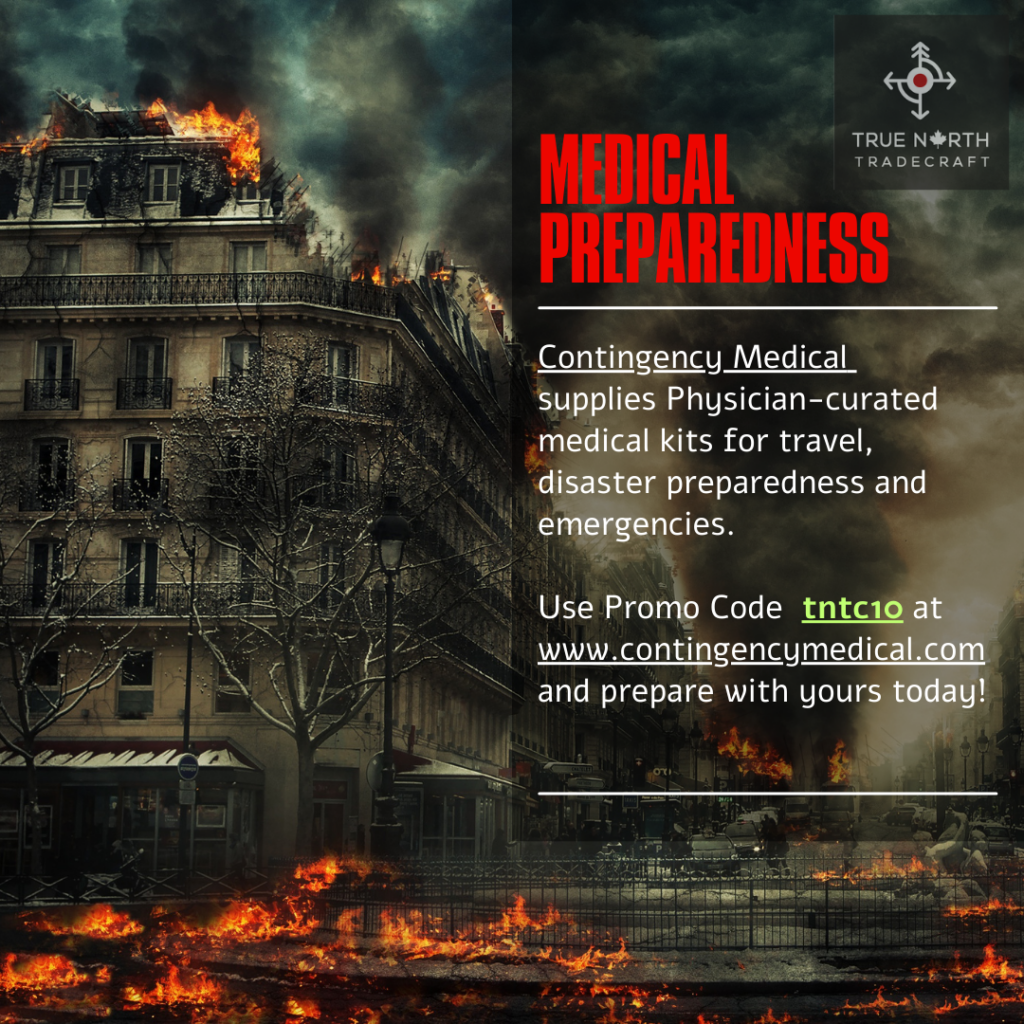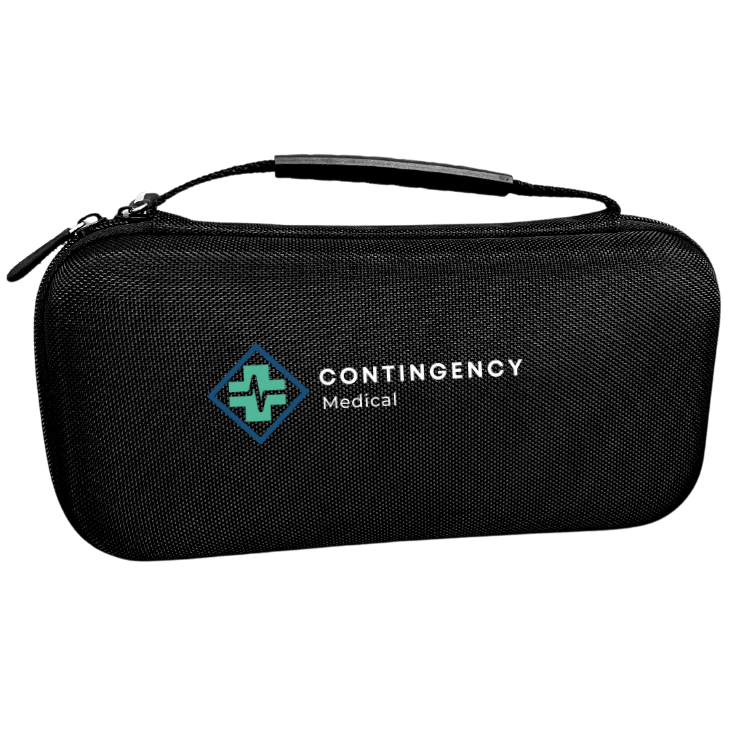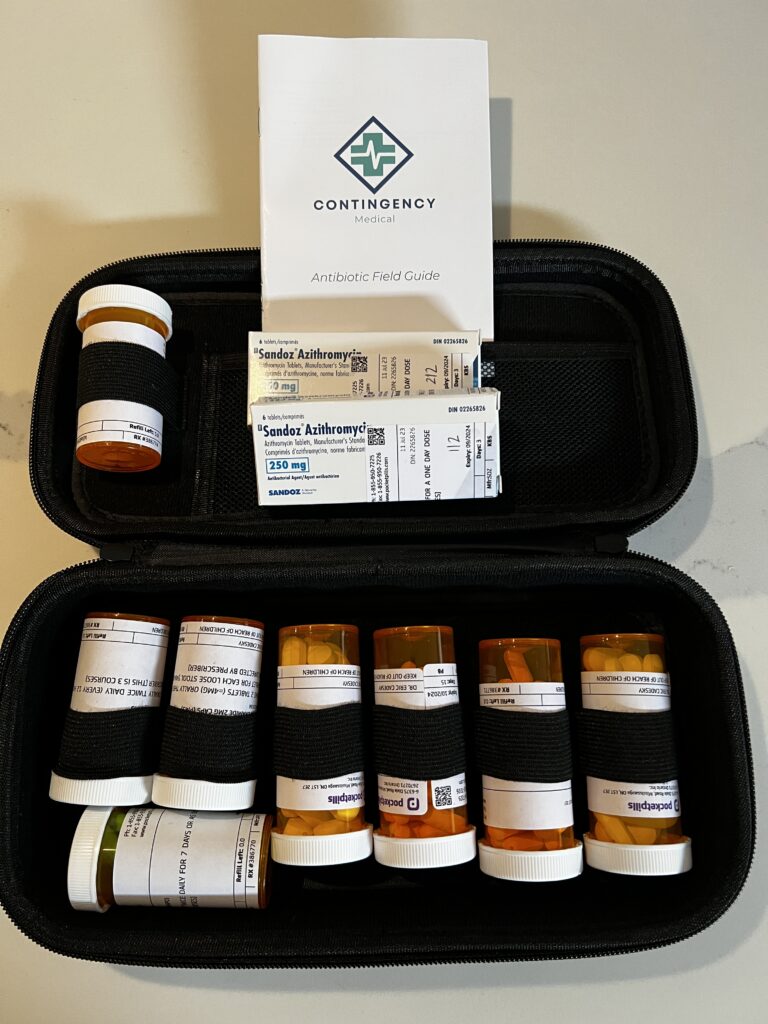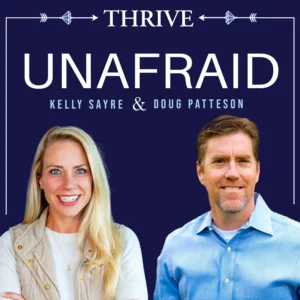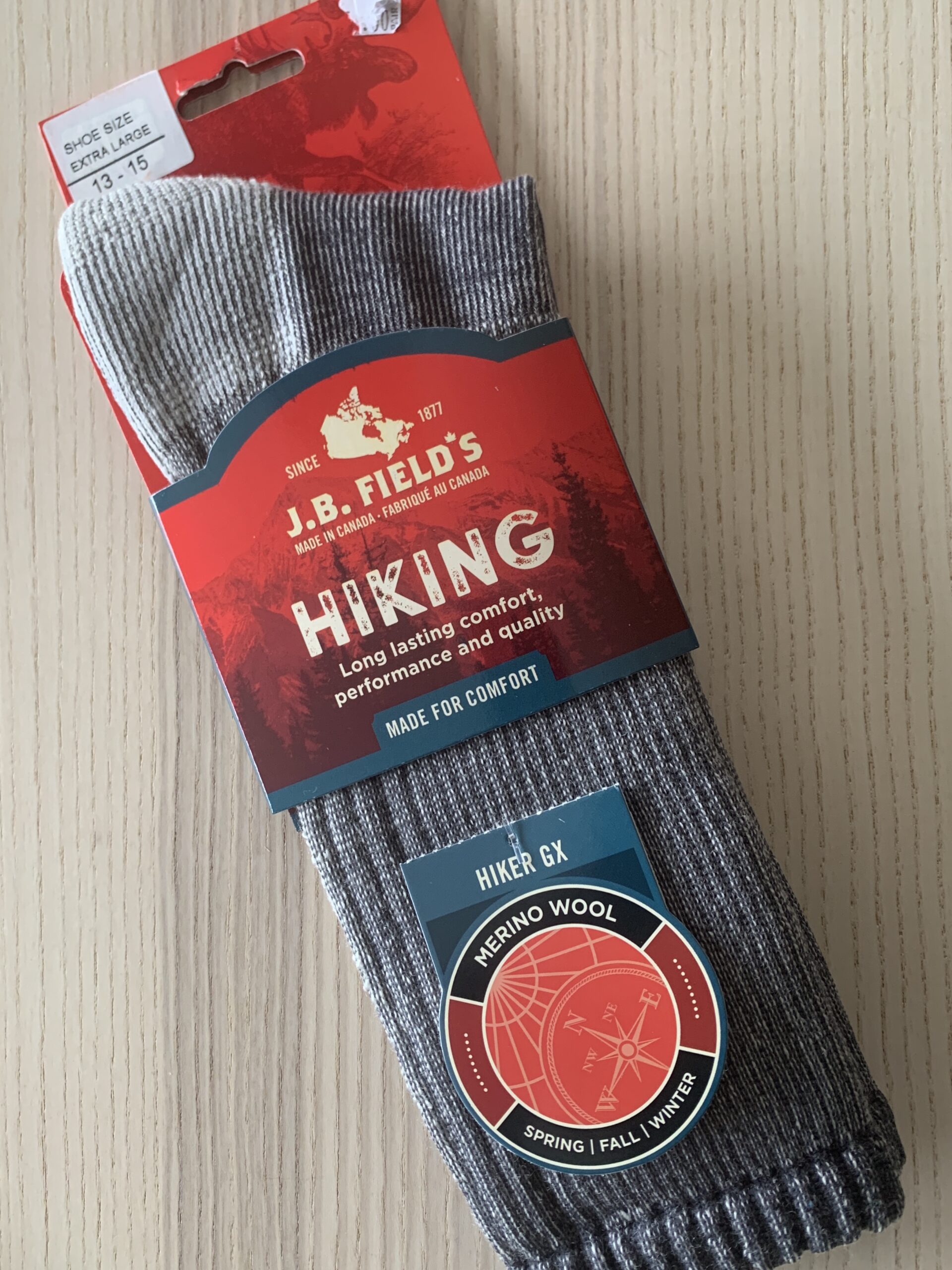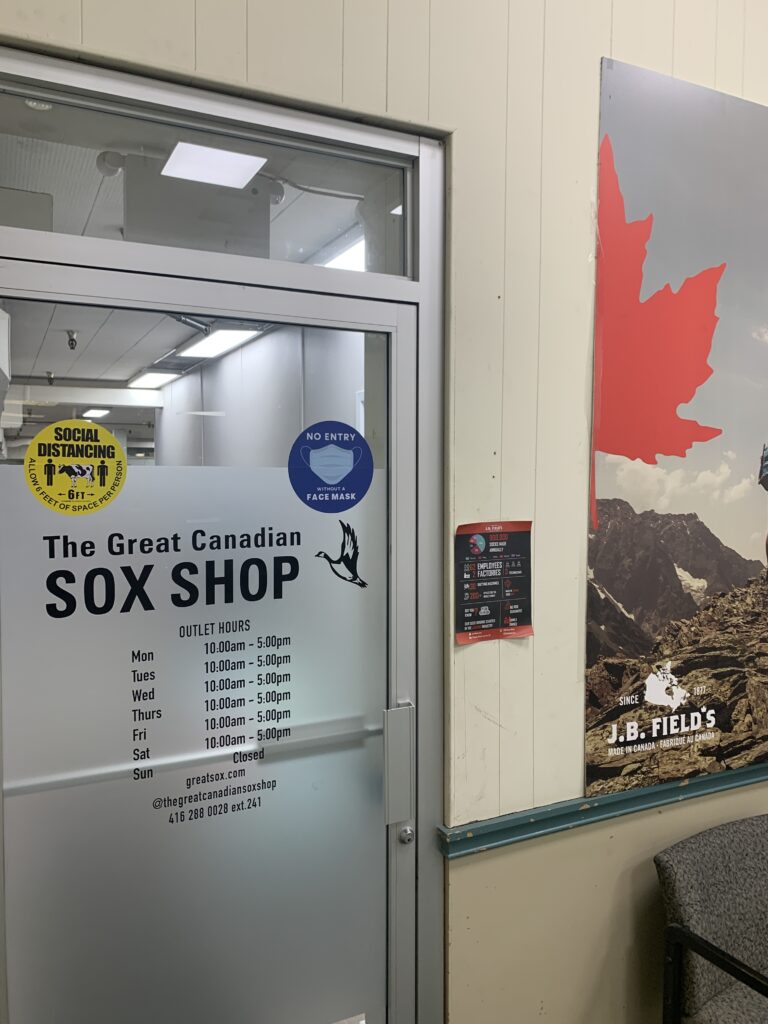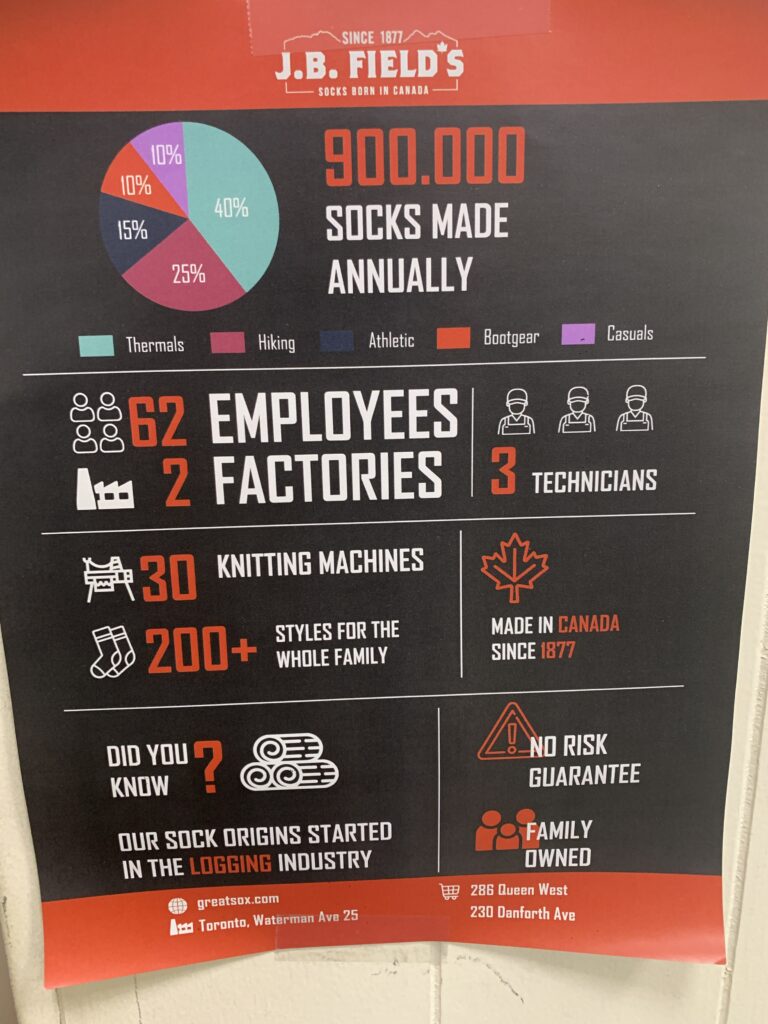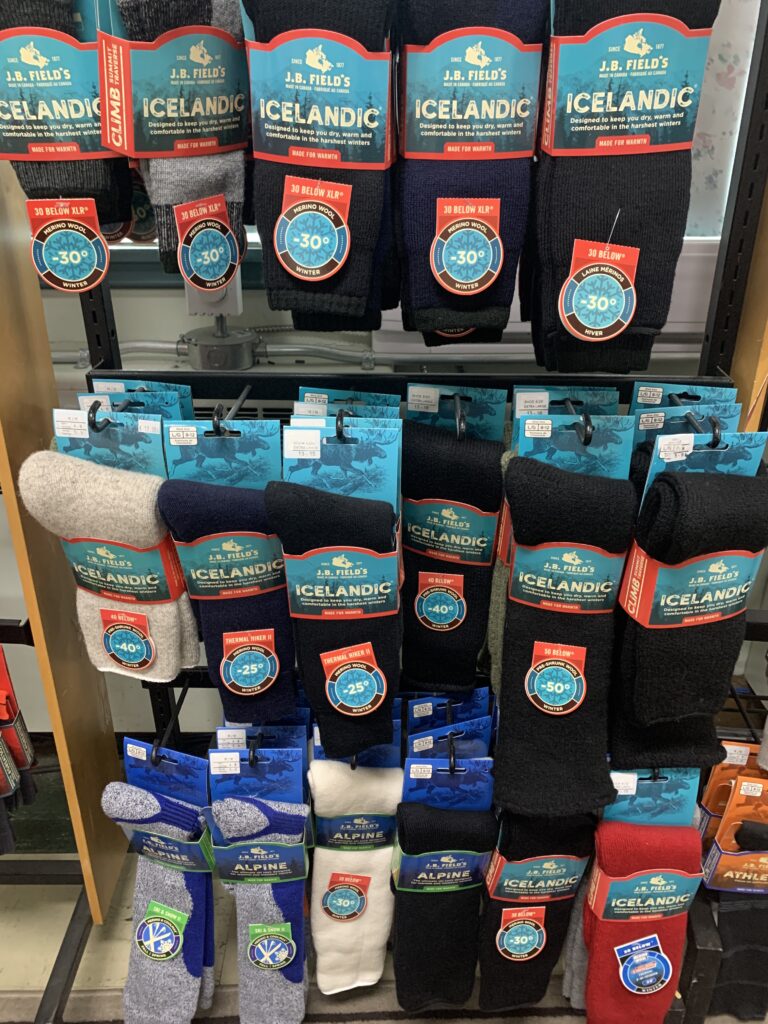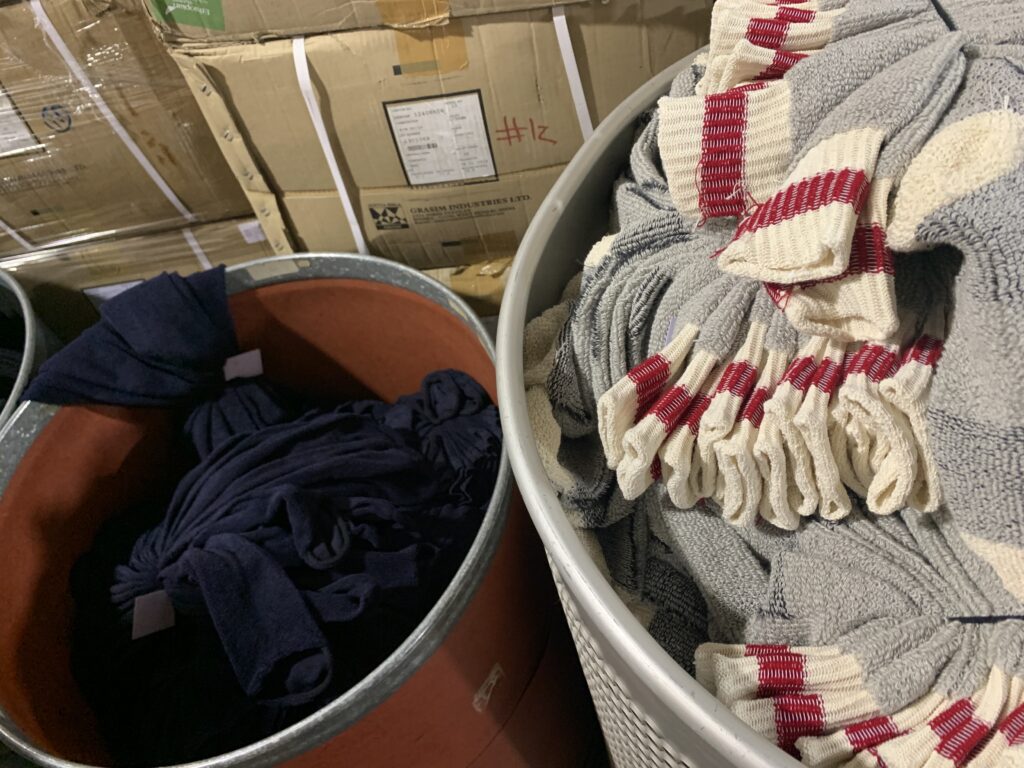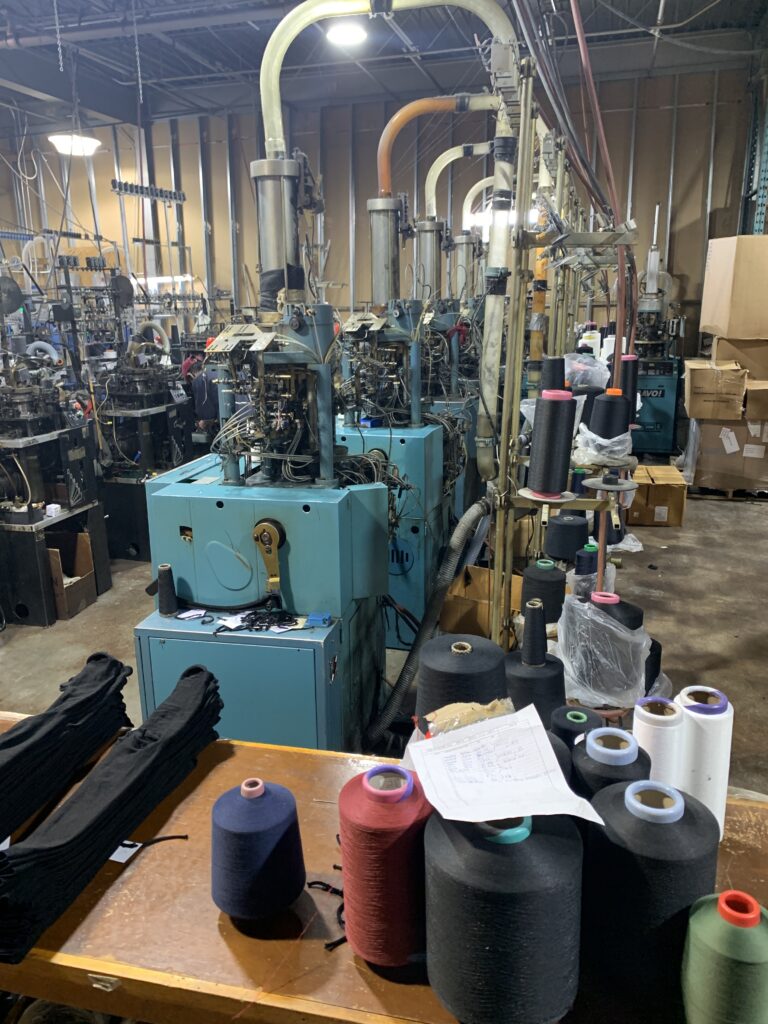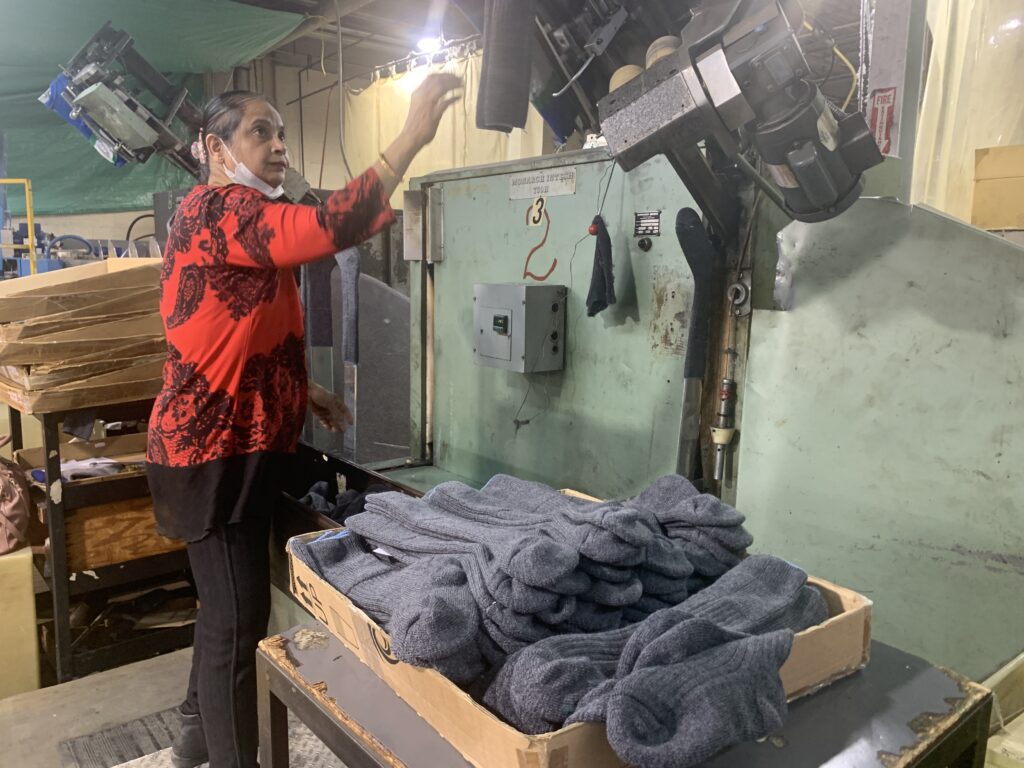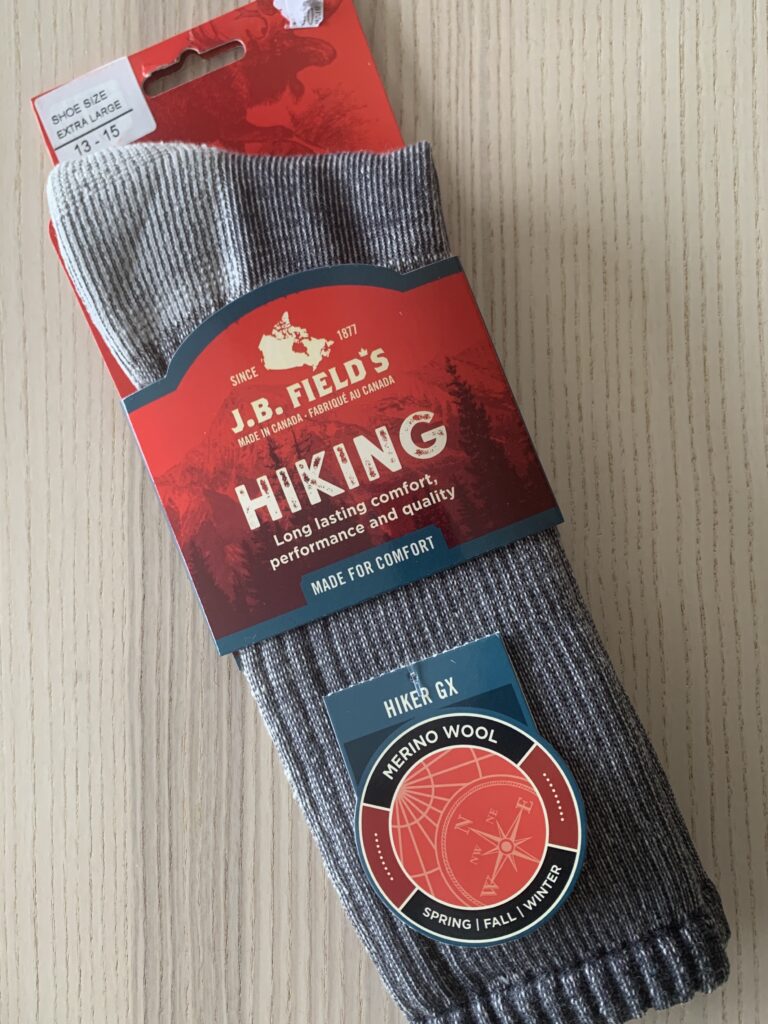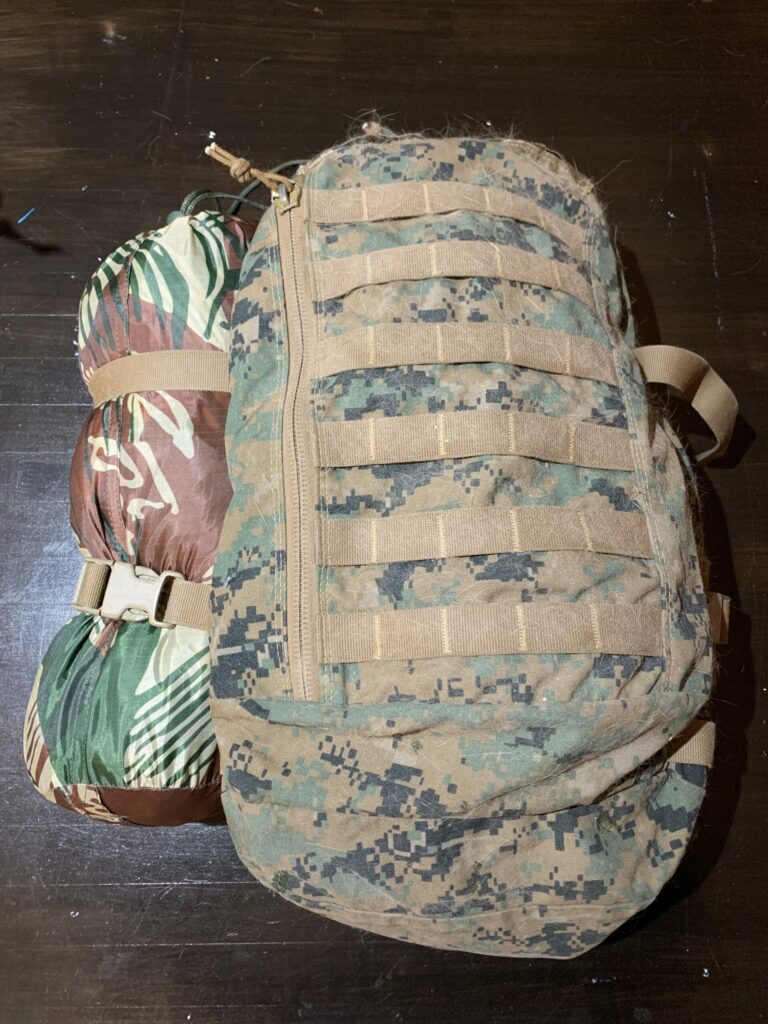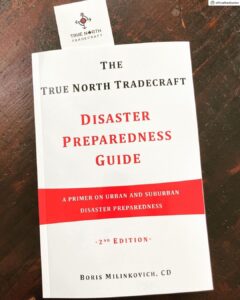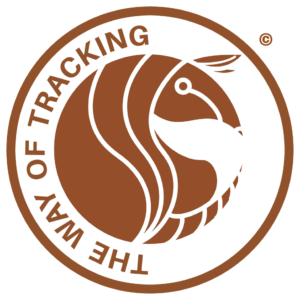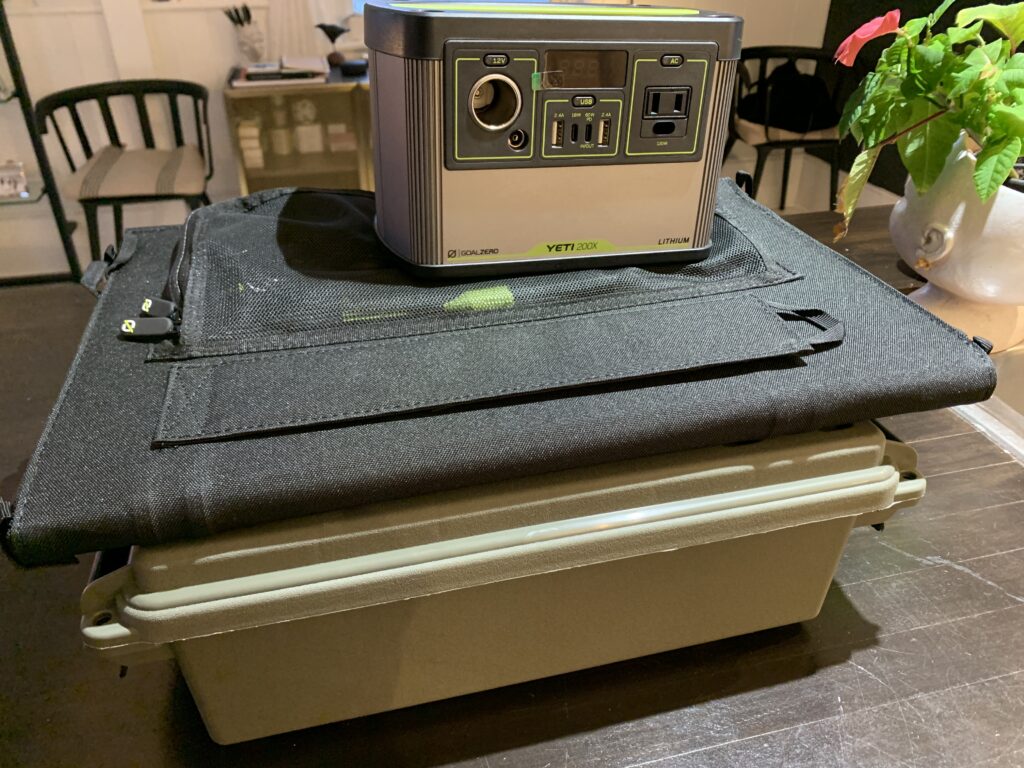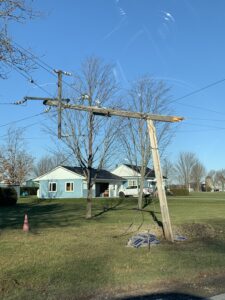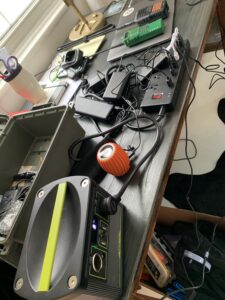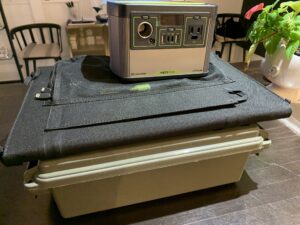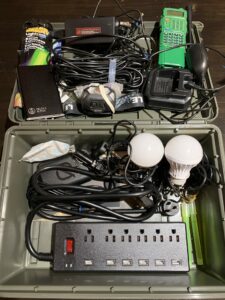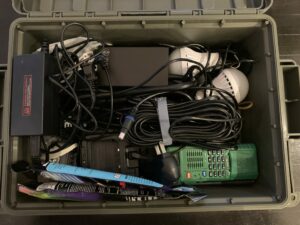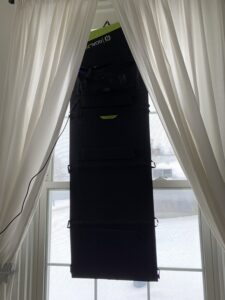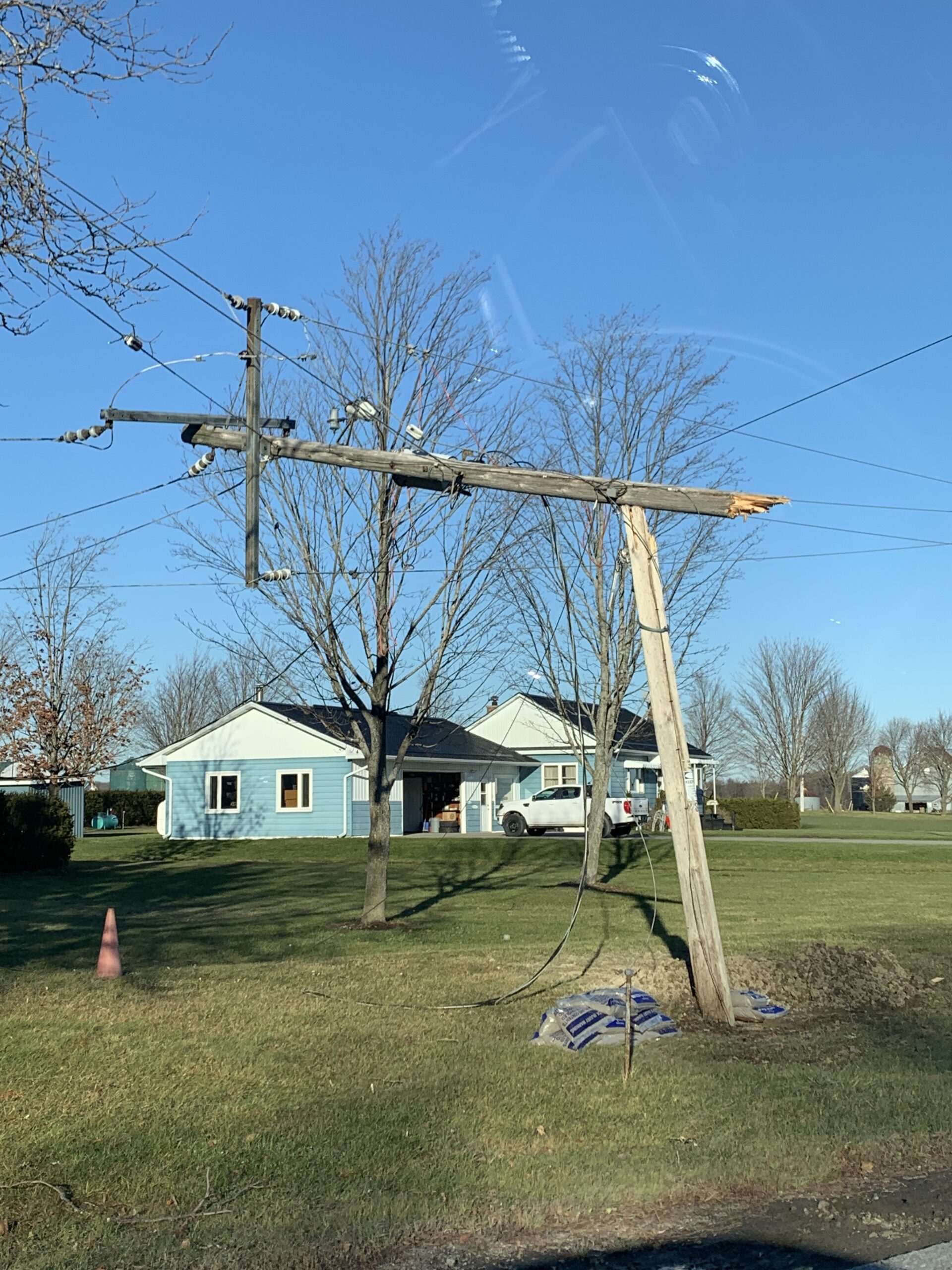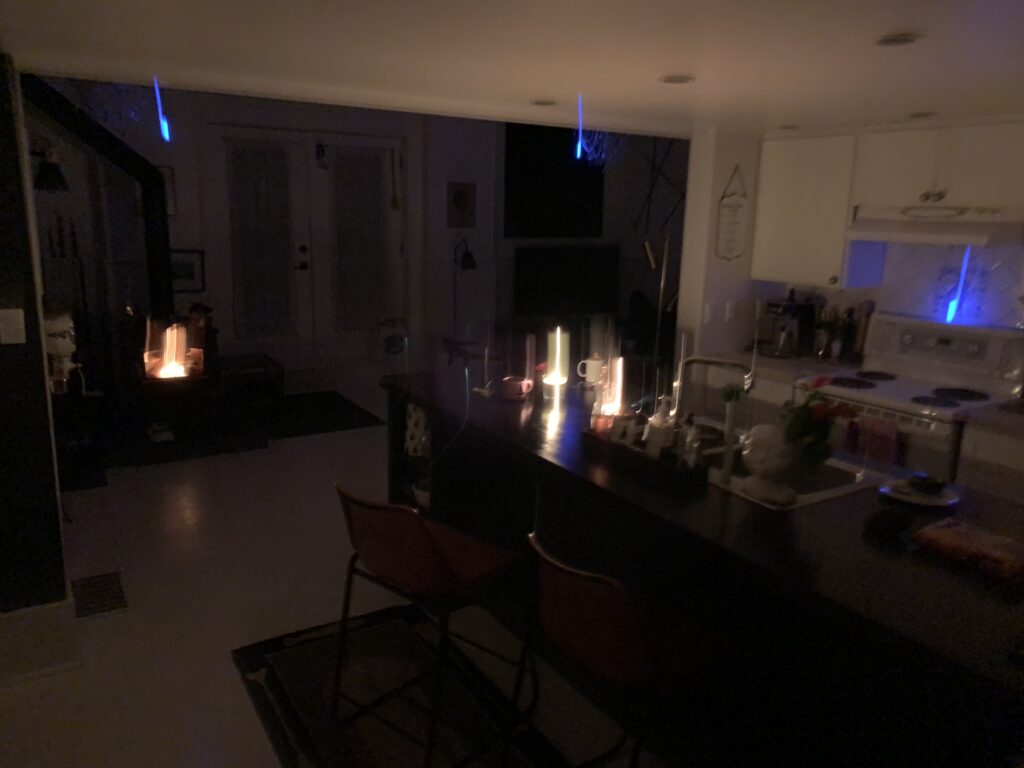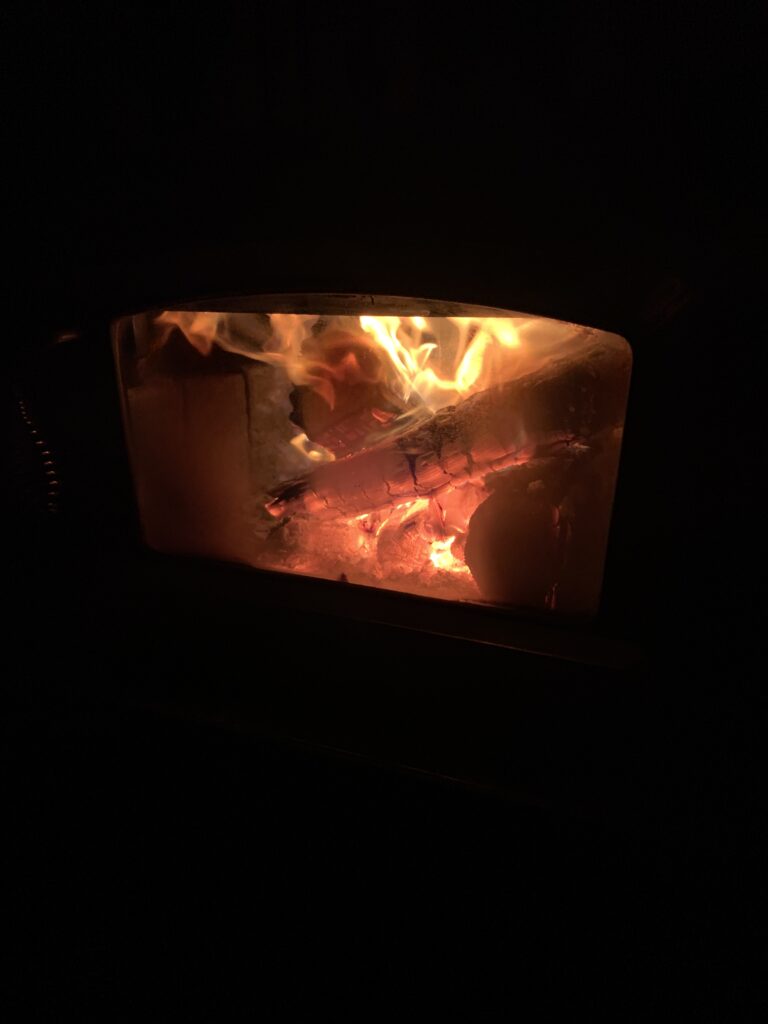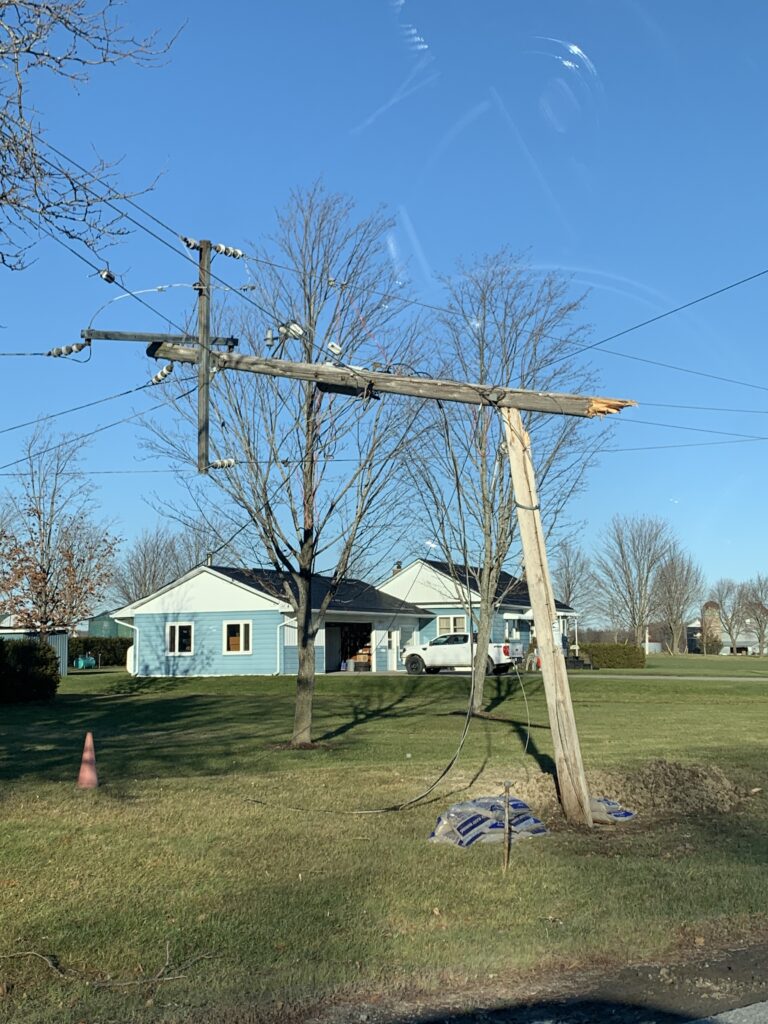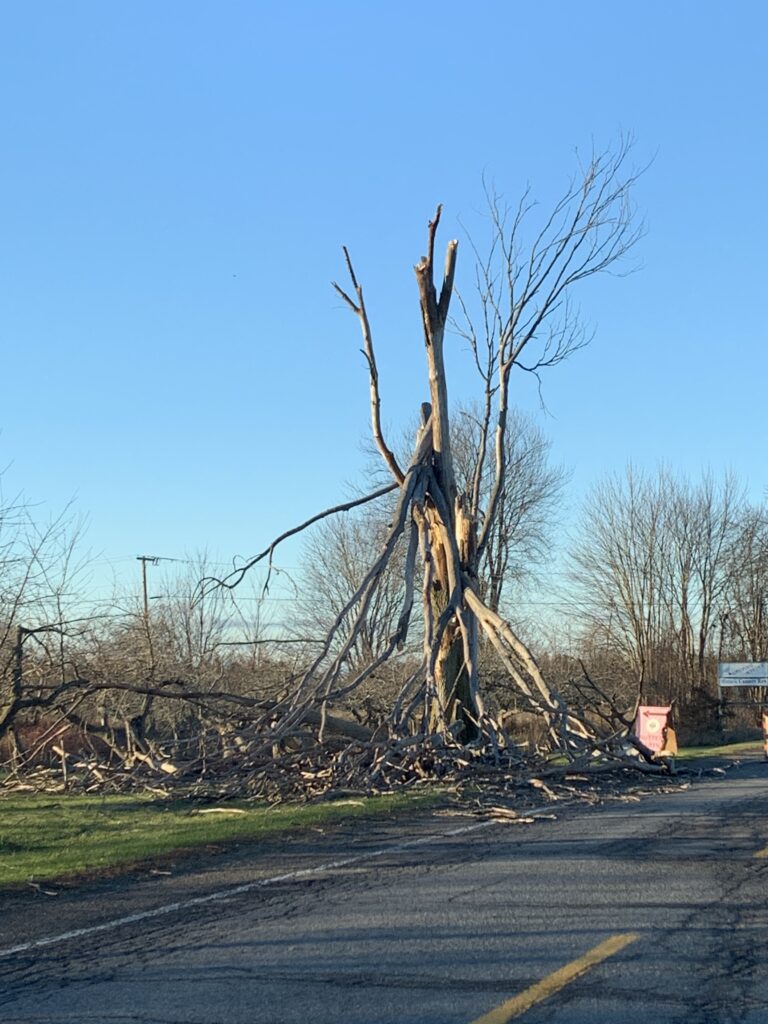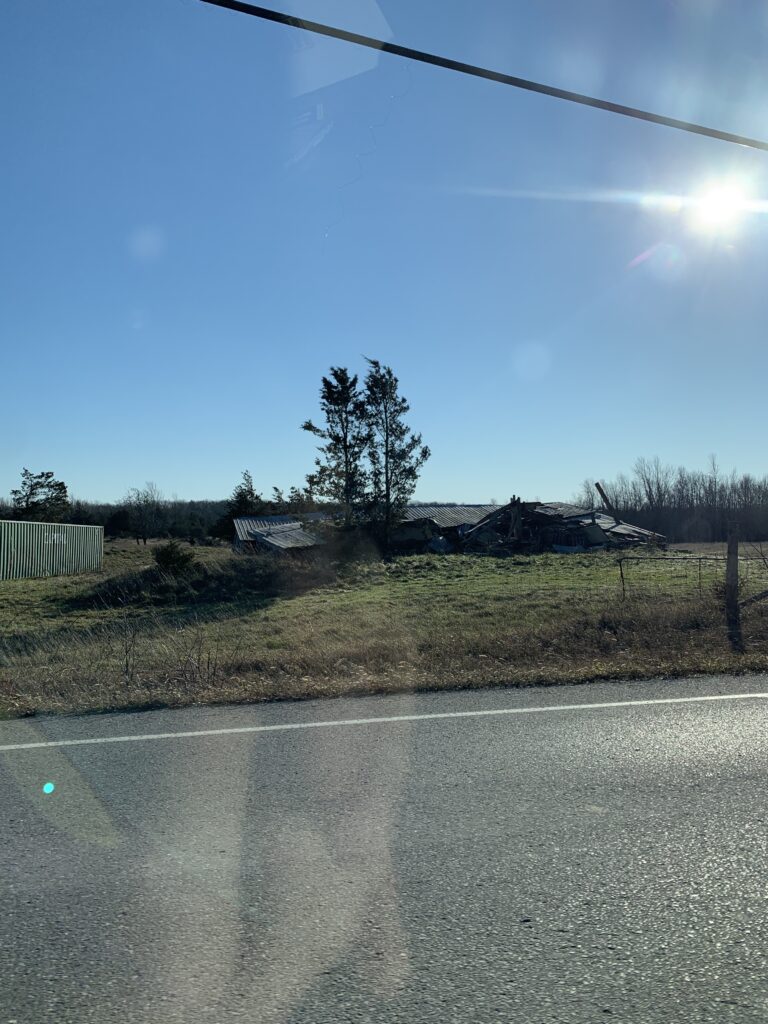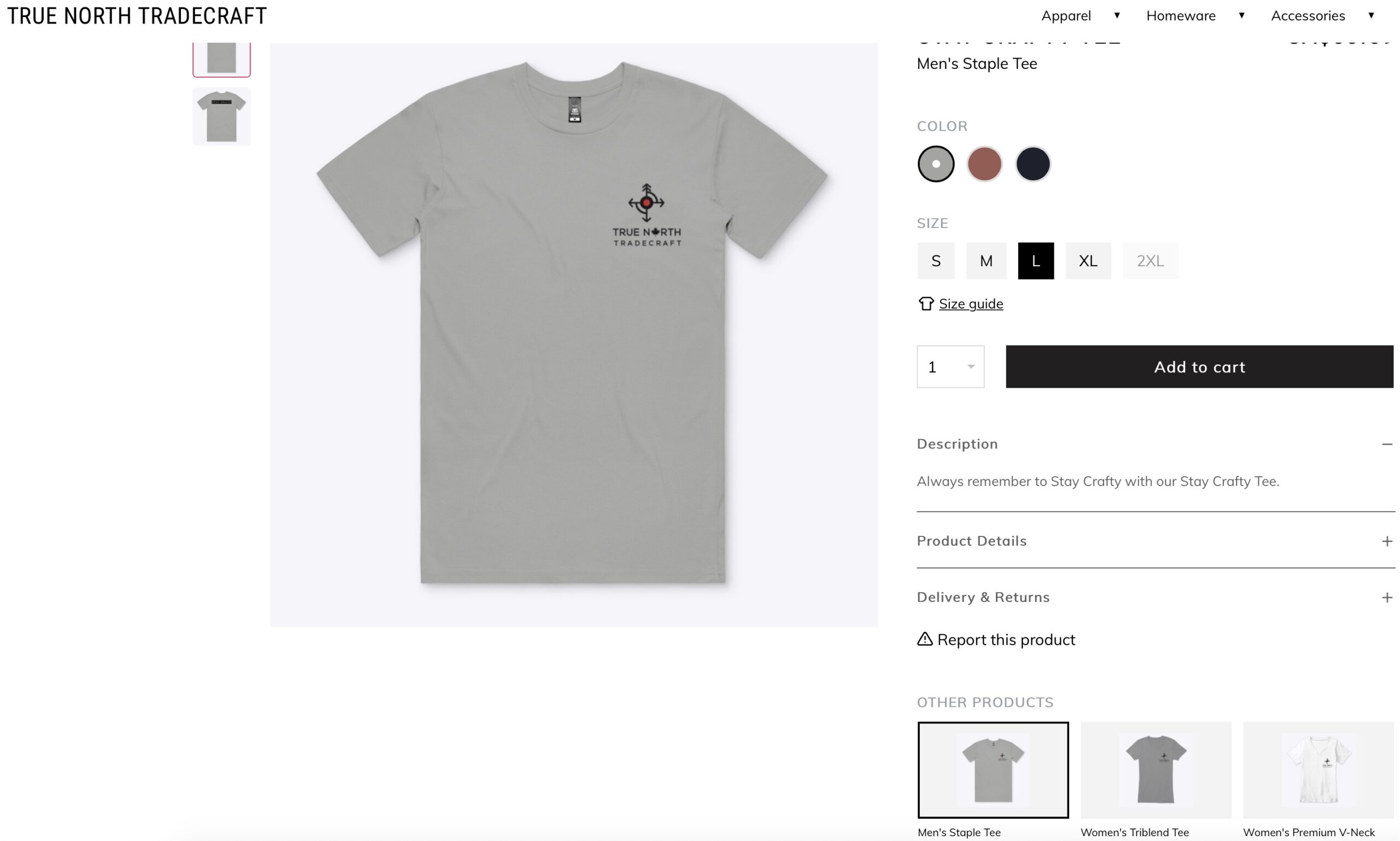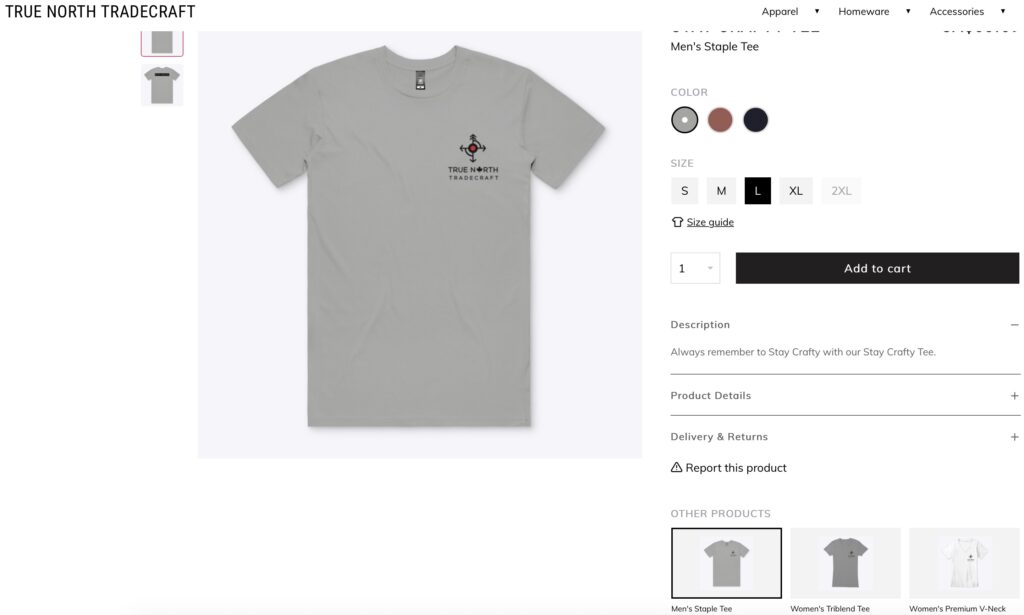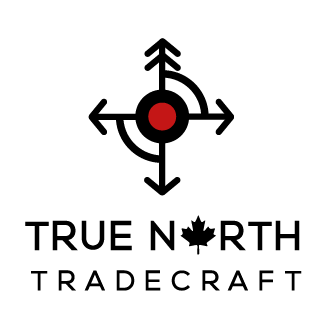We are excited to have been featured in an article 18 Essential Tips for your Everyday Personal Security from PAGUARD.COM.
You can read the article HERE or read the copied article below.
18 Essential Tips for Your Everyday Personal Security
Posted by Leona Rankin August 25, 2021
Your personal safety should always be a priority. There are always risks out there, so what can you do to ensure you are safe wherever you go? We reached out to the experts for the best tips to help you protect yourself.
- Be Aware Of Your Environment
“Having an awareness of who and what is around you at all times allows for a better understanding of possible threats and hazards. As an example, put your phone away when walking or driving. These distractions can take your attention away from people or situations which may be emitting danger signals and you will miss them.” (Boris Milinkovich)
- Always Have An Escape Plan
“Whenever you are transitioning from one space to another, or are in a building or venue, parking garage, whatever, ensure that you know what to do or where to escape should something (fire, active shooter, assailant) happen. Taking note of exits, cover (to protect against projectiles or vehicles) and items which may aid you (such as fire extinguishers and such).” (Boris Milinkovich)
- Believe It Can Happen To You
“There are times when critical seconds elapse in the early stage of an event where people stare in disbelief as it’s happening. Those critical seconds, thinking “this can’t possibly be real” can mean the difference between putting time and distance between you and the threat, or being caught up in it. These things can and do happen, sometimes out of the blue, and very suddenly. If you are mentally prepared to ACT and either defend yourself or (better yet) remove yourself from the situation, you greatly increase your chances of minimizing the harm you may face.” (Boris Milinkovich)
- Learn Skills To Protect Yourself
“For many, it is not that they lack the will to take steps to protect themselves and their loved ones, but rather they don’t know what to do. There are several avenues to increase your knowledge and skill level so that you can be a radar for trouble BEFORE it happens (thereby giving you those precious seconds to get away) as well as to protect yourself if things get ‘hands-on’.” (Boris Milinkovich)
- Pre-trip Recon
“When going to a new place, take a few minutes to scope out how to get there, alternate routes, nearby landmarks (like highways, hospitals, bodies of water, etc) and look at a map so that you have a clue as to where you are and are not supposed to be. It also helps to stay safe when travelling by taxi and being told “this way is a shortcut”. It usually isn’t. Be informed, stay safe.” (Boris Milinkovich)
- Carry
“As Canada is a less-permissive environment for the carriage of weapons for defence, certain items may be legally carried in any jurisdiction which may, if in danger, be used as defensive tools against an assailant. These include a pen (my favourite), preferably metal, a small flashlight, change pouch (with coins), metal water bottle, etc.
“Having something is better than nothing, but having the will and know-how to use it is of the utmost importance. You mind will be the ultimate tool to keep you safe. Hone it for that purpose until your radar for danger functions in the background but it constantly on.”
Boris Milinkovich (CD, CBCP), has been a security professional for over 20 years, True North Tradecraft Ltd.
- Avoid Deserted Areas
“You should try to walk in populated areas instead of walking in empty streets. You can also travel in groups of two or more. Criminals tend to target alone people instead of a crowd. Also, you should keep someone updated about your whereabouts all the time. If you’re going to be late, you should also inform them. This will help your family to keep track of you. You should also park your car in well lit areas and always check the backseat before getting in your car.”
Jacob Hubbard Editor at TheGoodyPet
- Situational Awareness
“Always be engaged in situational awareness by being attentive to everything around you. To achieve this, don’t walk with both earbuds in your ears while listening to music in the street. It is essential to be attentive to cars, people, or anything approaching you.
“Keep your head up while walking, and don’t text while walking to remain less distracted. With your head held up high, it is hard to be taken by surprise. Also, avoid suspicious or dangerous streets at night and walk with your key when crossing a suspicious neighborhood.” (Harriet Chan)
- Travel With The Widows Closed
“When traveling, ensure your car windows are closed to prevent your valuables from being stolen. Always keep your family and friends informed once you decide to travel by sending them a text, a photo, or calling them. If using public transport, be wary of pickpockets and keep your bag as close as possible to you.” (Harriet Chan)
- Trust Your Instincts
“Trust your instincts and permanently remove yourself from any tense situations like crossing the road or entering an abandoned building. Turn and go in an opposite direction if you suspect someone is following you or when a stranger offers to give you a ride.”
Harriet Chan, Co-Founder of CocoFinder
- Consider Contactless Digital Payment Options
“Protect yourself from thieves by using a credit card, and look for contactless and digital payment options. Use a credit card over a debit card because they have added protections and keep thieves away from the money in your bank account. Credit card issuers have various protections around their credit cards. As long as you report fraud within a certain time frame, you usually won’t be held liable for any money a thief has stolen.
“Take advantage of mobile and digital wallets, such as Apple Pay or PayPal. These forms of payment mask your credit card information with a temporary credit card number, a process known as tokenization. Contactless payments are a great way to avoid skimmers at the checkout counter, and reduce the number of things you touch during the pandemic.”
Mason Miranda, Credit Industry Specialist Credit Card Insider
- Be Mindful When Walking Out
“Be mindful when walking with headphones. Headphones while walking or running prevents you from hearing what’s going on around you and from being fully aware of your surroundings. Always trust your instincts. If a situation doesn’t feel safe then do not worry about being polite. Trust your judgement and leave immediately.” (Sherry Morgan)
- Carry Something For Protection
“Always bring something that can protect you from any attackers. It can be a pepper spray or any tactical gadget that you can use to protect yourself. And make sure that you can easily grasp it whenever a situation occurs. In my case, I have this tactical pen which is also a hand Taser that my father gave me since I often leave my office late.”
Sherry Morgan, Founder Petsolino
“Personal security has been at the centre of every debate in the security sector. Personal safety is being threatened and, at the same time, impacted by inventions in technology. Online security and physical security are issues of concern in this decade. Personal security tips are paramount in ensuring everyone is safe and the environment they live in is safe.” (Miranda Yan)
For Online Security;
- For Digital Security; Install Security Suites
“For online security, the installation of security suites is the most trending security tip for personal security over the Internet. Being alert of phishing scams that are usually through electronic mails is crucial. These phishing scams trick users of electronic mails into disclosing their personal information, which they can use to lure them or, to an extent, obtain information on their Visa cards which they can use to steal from them.” (Miranda Yan)
For Physical Security;
- For Women: Learn Self-Defense, Safety in Numbers
“Women ought to learn self-defense tactics to enable them to defend themselves in case of any confrontation with other people. They should ensure to walk with their buddies in streets they suspect to be dangerous so as to avoid being clobbered by street culprits. When women are walking in the streets they should avoid distractions that in many instances may be caused by people with bad intentions.” (Miranda Yan)
- For Men: Keep Right Posture, Stamina, Go With Friends
“Men are more likely to be attacked as compared to women. Men should keep the right posture, keep strong stamina and have the ability to control tension. This is vital for men’s personal safety. Men should know their friends whom they go out to party with in case of a drinking spree. This enables them to avoid being attacked if they are over drunk.” (Miranda Yan)
- For Buildings: Digital Access Control
“Usage Access controls with digital components are practical for physical security. This will control the accessibility of vital installations and buildings. Access control prevents theft and even terrorism activities to a larger extent. Surveillance systems like the close circuit television surveillance systems, which use microscopic gadgets, are in use in this Century to contribute towards physical security hence personal security.”
- For Children: Don’t Interact With Strangers
“Children while having outdoor games should be careful with what type of children they play with. Some children may be used by culprits to lure innocent children into harm’s way. Children should not entertain strangers at any instance. Parents should install secure entry controls in their homes to help protect their children from any possible harm.”
Miranda Yan, Co-Founder of VinPit
